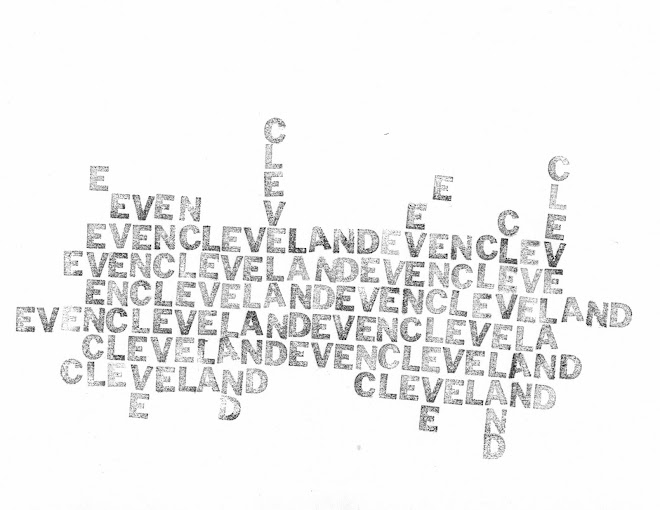Water temperatures on the Onjuku coast are bearable only between June and September. Large harvests were impossible to haul up in strong currents, so tides had to be favorable, limiting diving days to about 20 per year. Ama dove in three sessions per day, requiring extensive eating and warming at the fireside between runs. A good daily harvest required 60 to 80 dives of up to two minutes each, so ama had to develop and maintain substantial body fat to guard against hypothermia. With such rigors and risks, ama were paid enormous salaries, often making more in the short season than the village men made the whole year. In the late 1920s, there were around 200 active ama in Onjuku and the seven harbors of the region (Kohaduki, Ohaduki, Futamata, Konado, Tajiri, Koura and Nagahama). By the late 1960s, they had disappeared. This body of work stands as the final, most comprehensive visual document of the life and work of these divers.More here. All images copyright of the Iwase Yoshiyuki Estate.
I am fascinated by the ama - I just saw a documentary about them.
Via Art Inconnu.





